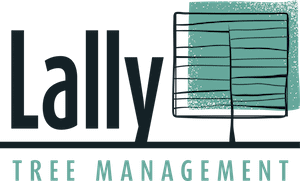In the realm of urban planning and environmental conservation, the significance of green spaces is highly significant but is easily overlooked by policy makers, land managers and in some cases communities in which they area situated. Trees are an important part of our urban green spaces and can greatly improve the look of an area; the problem is trees are perceived as having no real monetary value by many, including policy makers and land managers.
What is Capital Asset Value for Amenity Trees (CAVAT)?
Recognising the intrinsic monetary value of these trees is an important step towards preserving to assets in our towns and cities, the introduction of the Capital Asset Value for Amenity Trees (CAVAT) system has revolutionised the way we assess and appreciate the worth of our trees.
CAVAT, developed by the London Tree Officers Association (LTOA) in collaboration with the Trees and Design Action Group, is a methodology designed to quantify the amenity value of trees. Far beyond mere aesthetics, CAVAT delves into the multiple benefits that trees bring to our urban landscapes, encompassing ecological, social, and economic dimensions.
Why is CAVAT important?
At its core, CAVAT serves as a tool to assign a monetary value based on a replant value with an aim of valuing the services provided by trees, making it an invaluable asset for decision-makers in local authorities and urban planning departments. By assigning a tangible value to a tree in pounds, CAVAT helps to make a compelling case for the preservation and expansion of urban forests, even in the face of competing development interests.
The CAVAT assessment process involves a comprehensive evaluation of factors such as tree species, size, location, and condition. These parameters are then translated into a monetary figure that reflects the amenity value of the tree. This approach not only aids in prioritising tree preservation but also facilitates informed decision-making regarding tree removal or replacement.
Sustainable urban development with tree preservation at it’s core
In conclusion, CAVAT stands as a pivotal tool in the quest for sustainable urban development. By assigning a tangible value to the myriad benefits offered by urban trees, it advocates for their preservation in the face of urbanization pressures. As cities continue to evolve, CAVAT emerges as a beacon, guiding us toward a future where the true worth of our urban green spaces is not only recognised but actively preserved for generations to come.
